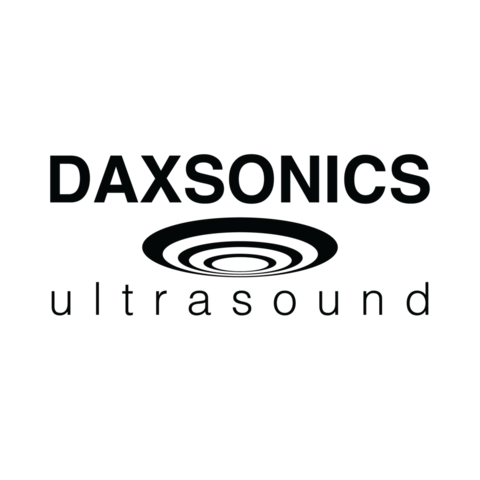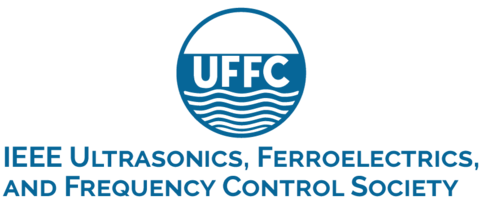Abstract
In the few years, important breakthroughs have taken place in ultrasound technologies aimed to characterizing blood flow. Although still with some limitations, high-resolution color-Doppler and flow scatter imaging allow obtaining accurate measurements of intracardiac flow velocities in dimensions and resolutions previously impossible to obtain from conventional Doppler methods. Appropriate postprocessing algorithms have extended the physiological and diagnostic value of these techniques to a completely new level.
Complex metrics of intracardiac flow physical properties are now readily available in the clinical setting using bedside examinations and conventional ultrasound scanners. Intracardiac vortices can now be visualized and quantitatively analyzed, and their physiological and pathological impact is only beginning to be understood. Blood transport inside the heart is a very complex phenomenon that impacts aspects such as cardiac development and pump efficiency. Quantifying blood mixing, stasis and shear opens a whole new world of cardioembolic risk assessment. Consequently, from the analysis of intracardiac flow useful metrics of cardiovascular physiology have been validated and explored in clinical terms.
The present lecture shall focus on the clinical and research applications of these achievements. The new information provided by ultrasound-based measurements of cardiac flows has opened a whole world of novel physiological information. Metrics of intrinsic global systolic and diastolic function can be derived from color-Doppler-derived measurements of intraventricular pressure gradients. Scales of global chamber efficiency can be approximated by the analysis of flow transport topology. Indices of cardioembolic risk can be inferred from the analysis of global and regional residence time of blood inside the heart. Pilot studies have demonstrated a huge potential of these modalities to quantify the risk of cardioembolic events in a number of cardiac conditions.
This lecture shall focus on the clinical implications of these novel methods and their consequences, emphasizing clinical evidence and ongoing clinical trials. The major purpose is to discuss the medical perspectives in terms of diagnostic and prognostic information than can be inferred from the quantitative analysis of ultrasound-derived flow measurements. The current state-of-the-art of these tools in terms of clinical efficacy shall summarized in fields such as ischemic heart disease, atrial fibrillation, inherited cardiomyopathies, amongst others.











